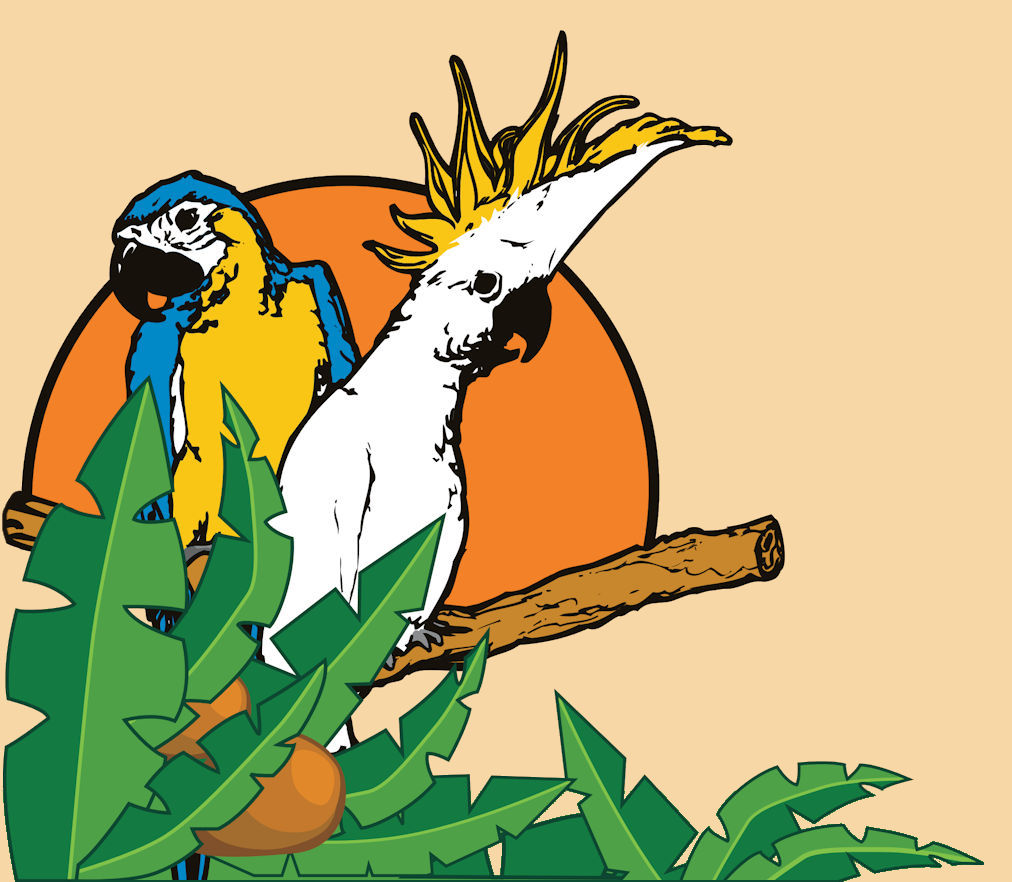Spring is approaching and hobbyists and breeders alike are preparing for babies. Breeding birds can be a rewarding experience, but it is important to be knowledgeable, well informed, and responsible.
Considerations to make before breeding:
Space: Can you accommodate breeding cages, and cages for separating offspring or mating pairs? Do you have space to
keep babies if you cannot find homes for them?
Cost: Even by selling babies, there is considerable overhead of feeding and providing for the parents and their young. Funds
will also need to be available for vet checks and emergencies.
Time: Will your schedule allow for hand-feeding babies every few hours? Extra time will also be needed for cleaning and keeping a watchful eye on the nests.
Starting off is easier said than done. Make sure your pair includes an unrelated, healthy, male and female. An appropriate sized cage and nest box will make pairs feel safe and comfortable in their environment- important factors for breeding successfully. Pairs should be safely introduced prior to breeding, and this can be a very slow process. Some pairs may be together for years before being successfully. With all breeding birds it is important to always provide a calcium source and an enriched diet; laying eggs and raising young takes a lot of energy.
Small birds like finches and canaries can be good for beginners, as they normally don’t require handling or hand-feeding. Even parakeets, and sometimes cockatiels, can be parent-fed and stay tame if handled frequently. To become good pets, most birds will require early hand-feeding, either by a syringe or a bent spoon. This must be done properly at the correct consistency and temperature or you may risk injuring the babies. A second important aspect to be very familiar with is weaning; the stage when a bird transitions from being fed to eating on it’s own.
Many parrot owners consider trying to breed their pet “once for fun” or “for the experience”, and there are generally two outcomes. The first being that tame parrots begin their life with human interaction and don’t know how to be proper bird parents. Conversely, instincts may kick-in when placed in a breeding situation, which causes many owners to become confused and upset when their parrot loses its friendly disposition.
Specific breeding information will depend on what kind of birds you are trying to breed. This article is meant to briefly address very large topics. It is important to gather all the necessary details in depth prior to beginning so you know what to expect and how to prepare for most situations/complications.
